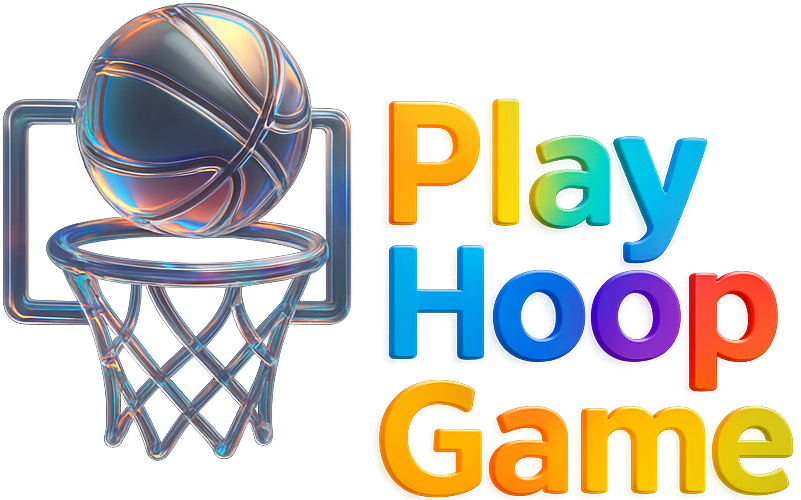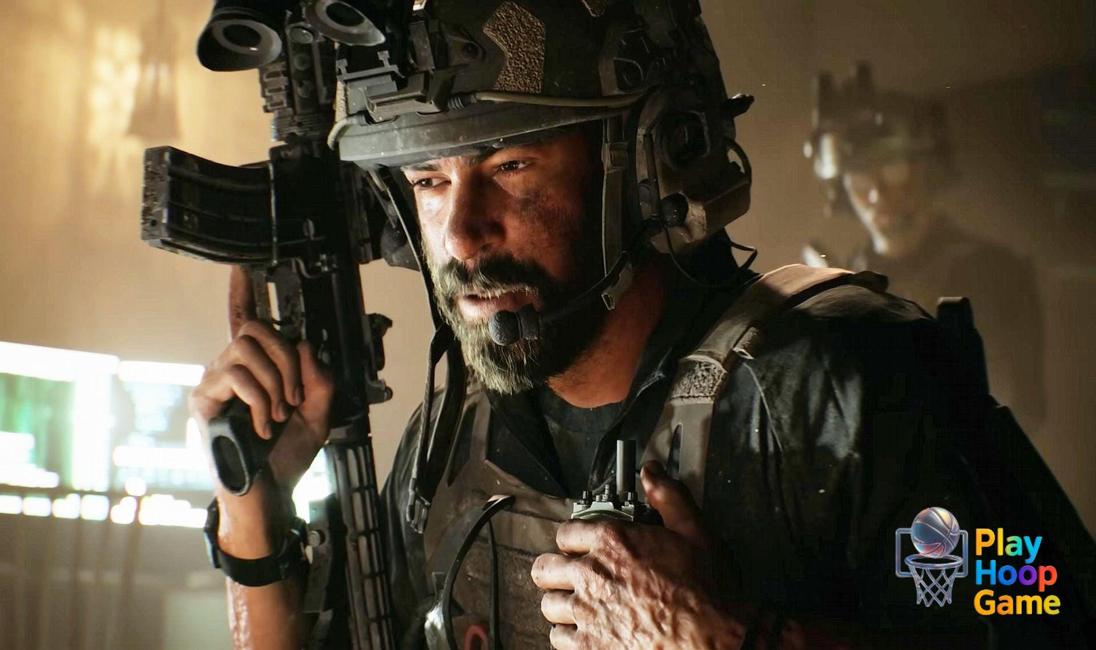Why Battlefield 6 on Xbox Series S Had a Rocky Start
Remember the hype surrounding Battlefield 2042? I do. We all do. But behind the scenes, things weren't exactly smooth sailing, especially for the Xbox Series S. You might be wondering, "What's the big deal? It's a next-gen console, right?" Well, here's the thing: the Xbox Series S, while powerful, presents unique challenges to developers. It's not just a weaker Series X; it has a different memory pool and performance profile that can trip up even seasoned teams. And apparently, it tripped up the Battlefield 6 (aka Battlefield 2042) devs pretty good.
I initially thought the struggles were just optimization issues – the kind you see with pretty much every big game release these days. But after digging a bit, I realized it went deeper than that. It seems like the game's ambitious scope, combined with the Series S's specific hardware limitations, created a perfect storm of development headaches. It's like trying to fit a massive pizza into a smaller box; something's gotta give. IGN's review, while mixed overall, hinted at some of these performance inconsistencies, and that's putting it mildly.
And it wasn't just Battlefield 6. Other titles have faced similar hurdles on the Series S. It's a recurring theme, and it raises some interesting questions about the future of cross-platform development.
The Series S Bottleneck: More Than Just Resolution
Let me try to explain this more clearly. It's easy to assume the Series S's lower resolution target is the main culprit. Sure, rendering at 1440p (or even 1080p in some cases) is less demanding than 4K on the Series X. But the real issue is memory. The Series S has less available RAM than the Series X, and that RAM is also slower. This means developers have to be incredibly efficient with how they allocate resources. Textures need to be smaller, object counts need to be lower, and the overall complexity of the game world needs to be dialed back. And here's the kicker: developers often build the game for the most powerful hardware FIRST, and then scale down. Which, you know, makes sense. But that scaling down is where the pain begins.
But... I keep coming back to this point because it's crucial to understanding the problem. It's not just about turning down graphical settings. It's about fundamentally rethinking how the game is structured to fit within the Series S's constraints. This requires significant time and effort, and if a studio is under pressure to meet deadlines (which, let's be honest, they usually are), the Series S version can suffer. Think of it like this: imagine you're building a skyscraper. You design it to be 100 stories tall. Then, halfway through, you're told you can only build 50 stories. You can't just chop off the top 50 floors; you need to redesign the entire structure to ensure it's stable and functional at the new height.
I've got to admit, this part fascinates me. The technical challenges are genuinely interesting. It shows how much goes into game development, and why things aren't always as simple as they seem from the outside. Speaking of complexity, consider the ongoing debates around PlayStation's subscription services; there too, simplicity isn't always the name of the game.
Battlefield 6's Ambition vs. Series S Reality
Battlefield games are known for their large-scale battles, detailed environments, and a ton of players on screen at once. That’s core to the experience. Now, try to reconcile that vision with the Series S's limitations. See the problem? The developers were essentially trying to deliver a AAA, cutting-edge Battlefield experience on hardware that wasn't quite up to the task. And while they made compromises, those compromises were felt by players. Reduced player counts, lower graphical fidelity, and occasional performance hiccups were the price we paid.
Actually, that's not quite right. It’s not about paying a price. It's about managing expectations. The Series S is a fantastic console for its price point. It offers access to next-gen gaming at a fraction of the cost of the Series X. But it's important to understand its limitations. It's not going to deliver the same visual experience as its more powerful sibling. And that's okay! It's a trade-off. But developers need to be upfront about those trade-offs, and they need to ensure that the Series S version of their games is still a fun and enjoyable experience. It's a balancing act, no doubt. Much like the endless pursuit of dominance in an online io game. You always need to adapt.
What Does This Mean for the Future?
So, what does this all mean for the future of gaming? Well, it highlights the challenges of developing for multiple platforms with varying hardware specs. It forces developers to make difficult choices about prioritization and optimization. And it reminds us that hardware isn't everything. A well-optimized game can often look and perform better than a poorly optimized one, even on less powerful hardware. The frustrating thing about this topic is that there's no easy answer. It's a complex issue with no silver bullet solution.
And look, I'm not saying the Battlefield 6 devs are entirely blameless. There were clearly issues with the game's overall design and execution, regardless of platform. But the Series S undoubtedly added another layer of complexity to an already challenging project. And that's something worth considering as we move forward into a multi-platform, multi-hardware future. Okay I'll give them the benefit of the doubt.
FAQ: Battlefield 6 and Xbox Series S
Why did Battlefield 6 (2042) seem to struggle more on Xbox Series S than other consoles?
While all platforms faced challenges, the Series S's limited RAM and processing power, compared to the Series X and PS5, likely forced developers to make significant compromises. These compromises, such as reduced player counts and lower graphical fidelity, may have been more noticeable on the Series S.
How do I know if my Xbox Series S is the reason a game isn't performing well?
If you're experiencing performance issues in a game, especially one known for its graphical intensity, check online forums and reviews to see if other Series S users are reporting similar problems. If so, it's likely a hardware limitation rather than an issue with your specific console. In other words, you are not alone.
Can I upgrade my Xbox Series S to improve performance?
Unfortunately, no. The Xbox Series S is a closed system, meaning you can't upgrade its internal components like the RAM or GPU. The only way to improve performance is to wait for game developers to release optimized patches or to upgrade to a more powerful console like the Xbox Series X.
Are all games going to have issues on the Xbox Series S?
Not at all! Many games run perfectly well on the Series S. The issues tend to arise with the most graphically demanding titles that push the hardware to its limits. Indie games and older titles generally run without any problems. So, don’t fret. There is a lot to play.

























